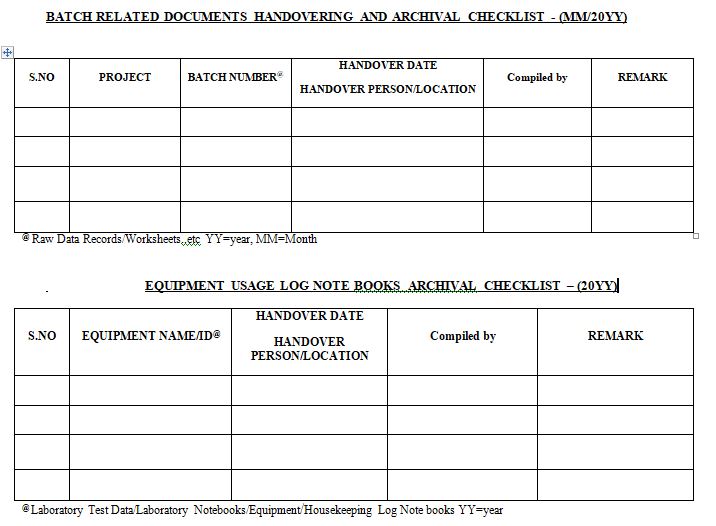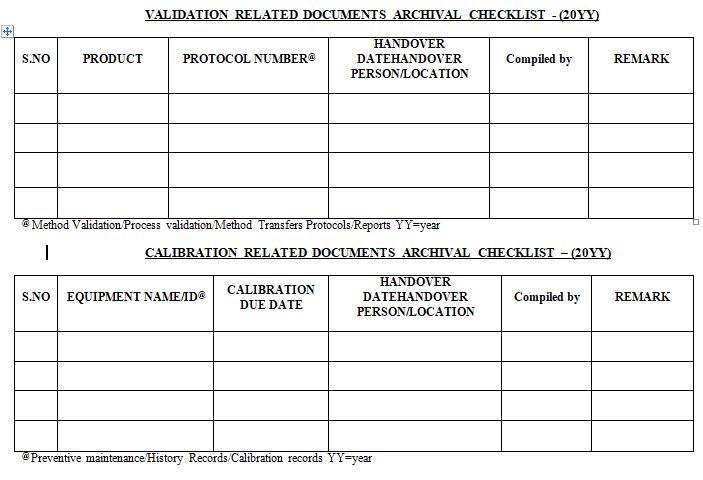Organizations must adopt good documentation practices to guarantee that relevant documents are efficiently managed and preserved. It is critical for organizations to comprehend how maintaining accurate records and streamlining operations may be achieved through appropriate documentation practices. This article will go over the value of sound documentation procedures, the different types of documents that organizations should maintain, and how to ensure that they are properly managed and stored.
This includes, but is not limited to:
- Master Records/Batch Records or Batch Manufacturing Records: The specific steps in manufacturing a product or device.
- Distribution Records: Information related to the transportation and storage of a drug product.
- Equipment /Usage Logbooks: Historical maintenance or non-product specific activities related to a room or specific piece of equipment.
- Appendices/Annexure/Forms: Activity or process steps that are not captured elsewhere.
- Housekeeping Log Note books: Records related to keeping order within the facility.
- Investigative Reports/ Change Control Documentation: Information used to identify and correct atypical results and outcomes.
- Laboratory Test Data/Laboratory Notebooks: Records related to product discovery or development; in process and final test results.
- Standard Operating Procedures (SOPs)/Specifications and Test Method.
- Raw Data Records (charts, chromatograms, etc.)
- Training History: Records that capture training events and serves as proof of an individual’s competence to perform a task.
- Non Batch related Records such as Qualification and Validation Documents.
- Non Batch related Records such as Engineering Drawings/Maintenance and Calibration Record.
- Non Batch related Records such as Returns and Recalls Record, Environmental Monitoring Record, Utility Monitoring Record.
- Non Batch related Records such as Quality Agreements (Technical Agreements/Protocols/Reports) of Stability Records.
- Non Batch related Records such as Quality Agreements (Method Validation/Process validation/Method Transfers Protocols/Reports) of New Products.




After reading this blog, we hope you can understand the importance documentation errors and properly use the proposed checklist and improve on it further.
Now that you know this:- hopefully you are in position to answer the Assignment(s)
In your lab, do IQ/OQ/PQ are properly archived? Further easily retrievable at the time of requirement?
In your lab, do Analyst qualification documents are properly archived? Further easily retrievable at the time of requirement?
In your lab, quality manuals submitted by Vendor is stored properly and accessible to analyst at the time of requirements?
Do QA department have SOP for archival of documents?